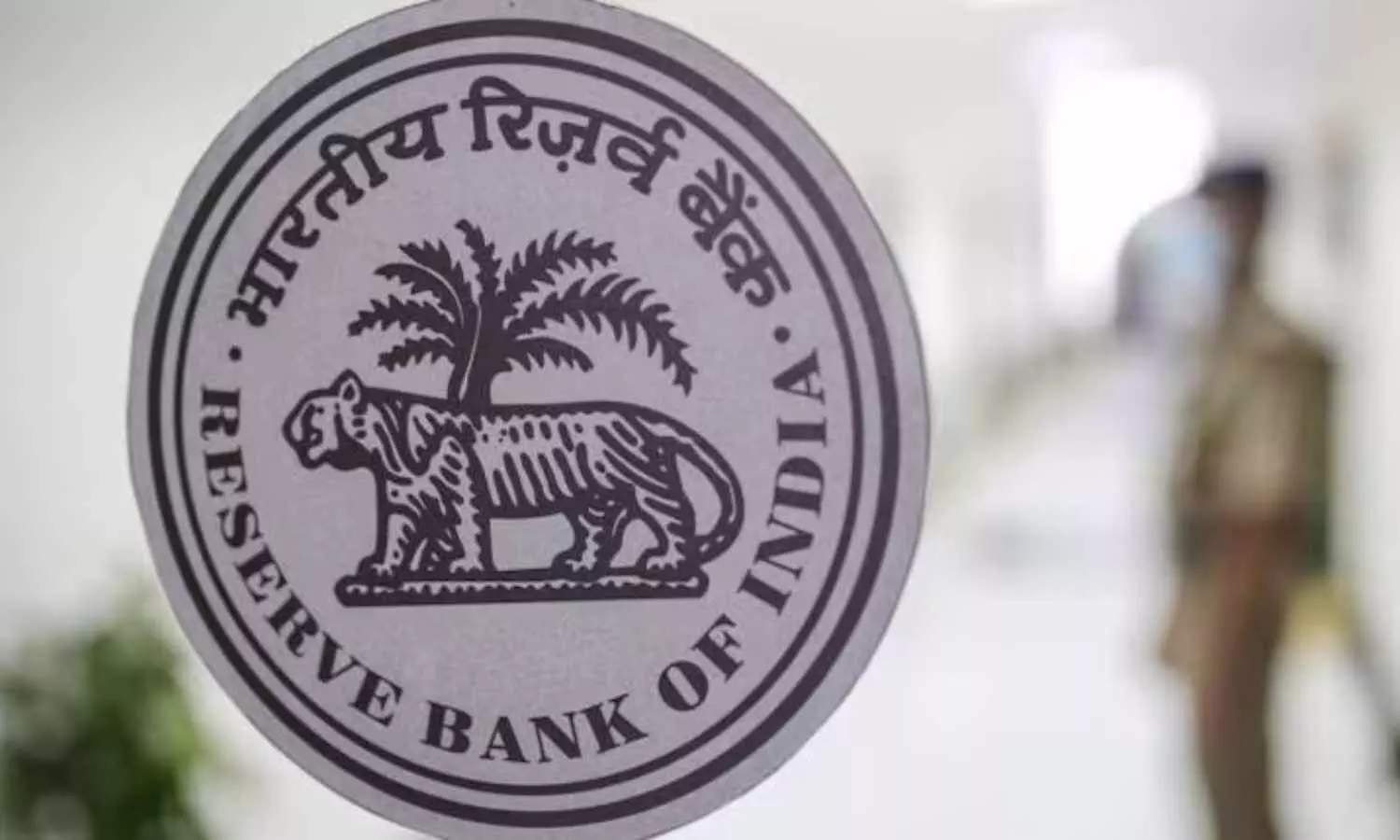RBI Cuts Repo Rate by 100 bps in 2025; Home Loan Borrowers Face Delay in Benefits
In this calendar year, the Reserve Bank of India (RBI) has slashed the repo rate three times, which includes two 25 basis point (bps) reductions in the first two Monetary Policy Committee (MPC) meetings, followed by a sharp 50 bps cut in the most recent policy.
RBI Cuts Repo Rate by 100 bps in 2025; Home Loan Borrowers Face Delay in Benefits

In this calendar year, the Reserve Bank of India (RBI) has slashed the repo rate three times, which includes two 25 basis point (bps) reductions in the first two Monetary Policy Committee (MPC) meetings, followed by a sharp 50 bps cut in the most recent policy. Overall, total rate cuts equals 100 bps. This indicates the central bank’s strong intent to stimulate credit demand and revive economic growth by reducing borrowing costs.
This development is positive news for home loan borrowers, as it is set to reduce the EMIs, especially for those with floating-rate loans.
However, despite the RBI's clear directive, banks continue to delay or only partially pass on the benefits of rate cuts, causing many borrowers with floating-rate loans to experience a delay in relief.
“The lowered CRR limits are expected to boost transmission and new borrowers should also be able to avail low rates soon,” says Adhil Shetty, CEO BankBazaar, a fintech portal. So, it will be a while before reduced home loan rates are passed on to new borrowers, which could be a few days to a week or more.
Why are banks delaying passing on the benefits of repo rate cuts?
Many loans in India are linked to the Marginal Cost of Funds-Based Lending Rate (MCLR). MCLR is an internal benchmark, under which banks calculate their lending rates based on their own cost of funds. “As a result, even when the RBI reduces the repo rate, banks may not immediately revise MCLR since it’s based on their own cost structures rather than the RBI’s benchmark rate,” says Raoul Kapoor, co-CEO, Andromeda Sales and Distribution.
So if your loan is still linked to the Base Rate or Marginal Cost of Funds-based Lending Rate (MCLR), this rate cut may not benefit you immediately. These benchmarks are slower to respond to policy changes compared to the repo-linked loans that reflect the revision within three months.
“So if you are on an older benchmark, this is the time to consider a switch. A refinance at 100bsp lower will help you save close to ₹4 lakh on a ₹25 lakh outstanding. If you retain your higher EMI, your savings will be even higher,” says Shetty.
On the other hand, loans linked to repo rate are directly linked to RBI’s repo rate. Under this loan, any change in the repo rate should be passed on more transparently and quickly.
Will the lower rates be passed on time?
“Despite these challenges, with a total repo rate cut of 100 basis points this year, there is growing expectation that banks will begin passing on the full benefit to borrowers—especially for home loans. This is also crucial to align with the RBI’s objective of stimulating demand and supporting economic growth through monetary easing,” says Kapoor.

